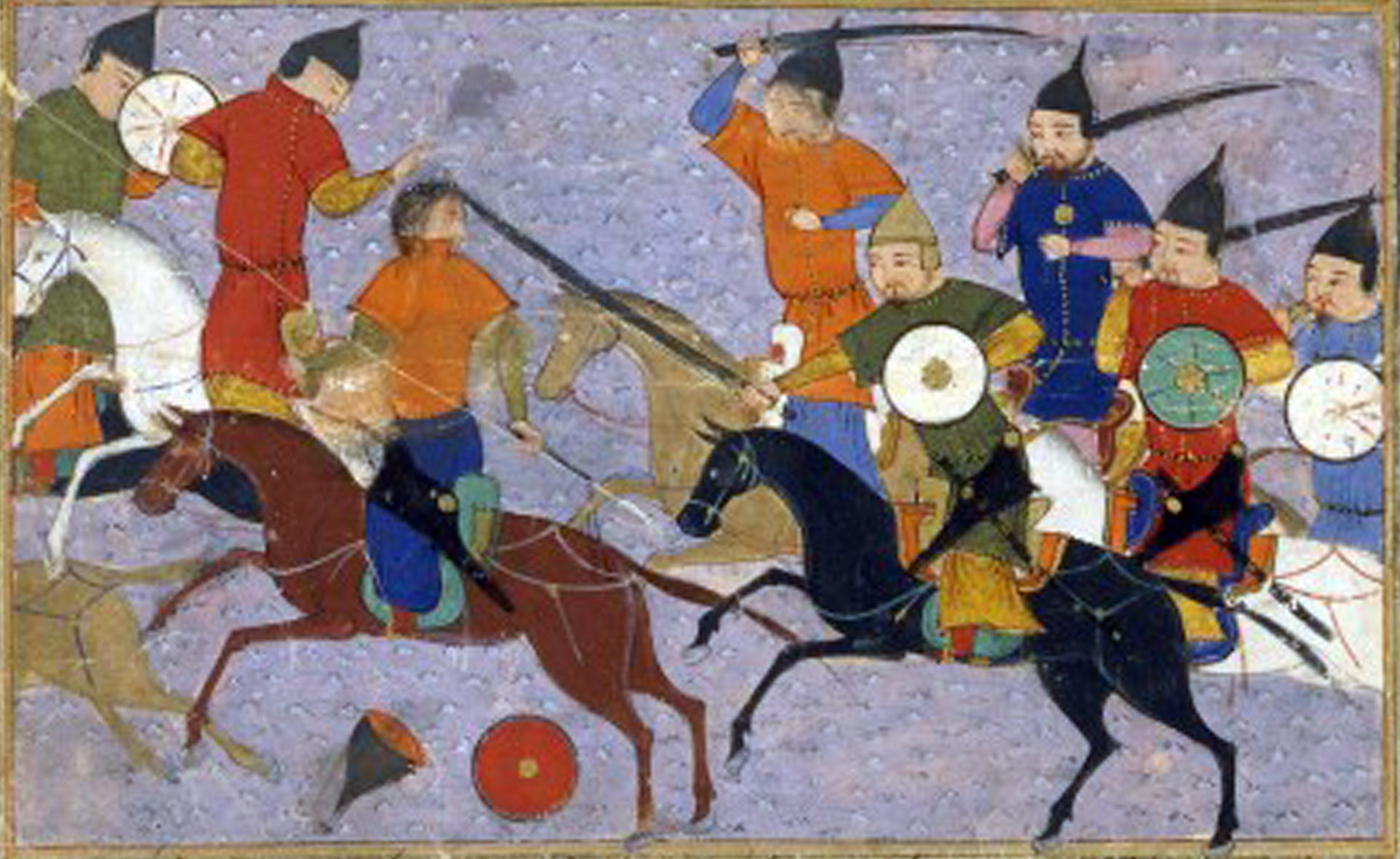The Mongols were a people that moved endlessly. Conquering came to them easily and quickly; they started their campaign in the 1200s, and took over most of the Eastern world by the 1300s. With this mass migration of people came trade, of cultures and of goods, through the Silk Road. But, unknown to the Mongols, they were trading more than ideas and trinkets. Rats joined the Mongols on their adventures throughout the medieval world, and brought the plague with them.
The growth of the Mongol empire occurred in the span of a generation, changing the political climate of the invaded areas. Europe in particular was already fragmented due to conflicting governmental control; however, the introduction of the Mongols created trade systems that were more connected and facilitated peaceful interactions between the nomads and the stationary— though that came after the violent sacking of towns. If the Mongols were traveling with rats that were able to infect people with the plague, the rats would be able to reach new, untouched places. And they’d be bringing the plague with them. The rats allegedly came from China, and the Mongols merely spread the animals via trade routes.
As prey animals, rats’ lifespans aren’t particularly long. Other animals eat them, and humans kill them. Those that lead long lives still only live for about a year. But another organism hides in the rat’s fur: fleas. Fleas don’t exactly have long lifespans either, however, they are able to go undetected and can easily move from animals to humans. As long as the rats are able to live long enough to transfer their fleas to the people, then the plague can flourish. Luckily for them, their Mongol travel companions provided them with the food, water, and shelter—though accidentally—they needed to survive, which let the fleas survive, too. And not just survive, but thrive. The peaceful relations the Mongols bred from their conquering, funnily enough, comes second to the impact their travels had on the plague epidemic.





